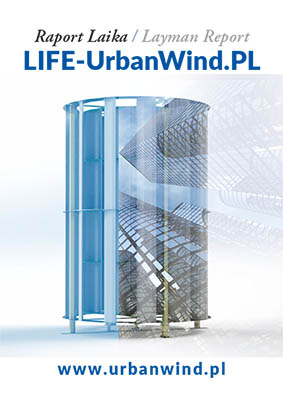- Confirmation of the efficiency and ecological effect of the Urban Wind Power Station unit prototype (operation 2500 – 3000 hours / year at 2.5 m / s air speed).
- Creating a catalog of forced air streams as a new source of renewed energy for the production of zero-emission and cheap electricity.
- Confirmation of the potential and efficiency of Urban Wind Power Station in locations with different airflow characteristics (using 4 mobile sets).
- Confirming in testing various locations that the Urban Wind Power Station is universal and easily modifiable.
- Building awareness, especially among policy makers, that not using forced air streams to re-produce clean energy is creating energy waste in times of necessary energy optimization.
- To commercialize the device within 2 years of project completion (device production and first installations).
- Achieving widespread commercialization in Europe within 5 years of project completion.
European added value in reducing greenhouse gas emissions:
The level of reduction of CO2 emissions as a result of the prototype test and after commercialization resulting from educational activities and stakeholder involvement in pro-commercial activities, will bring (assuming that 1kWh from coal gives an emission of approx. 1 kg of CO2).
2.310.000 kg CO2 reduction from each prototype set.
One set with a total power of 35 kW will reduce CO2 emissions by 87,500 – 105,000 kg / year, and within 5 years of project durability 525,000 – 630,000 kg. Thus, built prototypes will reduce CO2 emissions by 2,310,000 kg during the project’s lifetime.
The reduction of CO2 emissions resulting from the commercialization of the project depends on the scale of implementation, which is why educational activities and engaging stakeholders to support commercialization are so important. The Warsaw Metro (28 stations) can install devices with a capacity of min. 500 kW, which will reduce 1,500,000 kg CO2 / year. Subways, e.g. in Paris, Prague, Budapest, have the potential to install a device with a total capacity of 5.5 MW, resulting in a reduction of CO2 emissions by 13,500,000 kg / year. Entrepreneurs installing only 300 sets of avg. with a capacity of 100 kW each, they can produce electricity at 75 GWh / year, which will reduce CO2 emissions by 37.500.000.000 kg / year.


